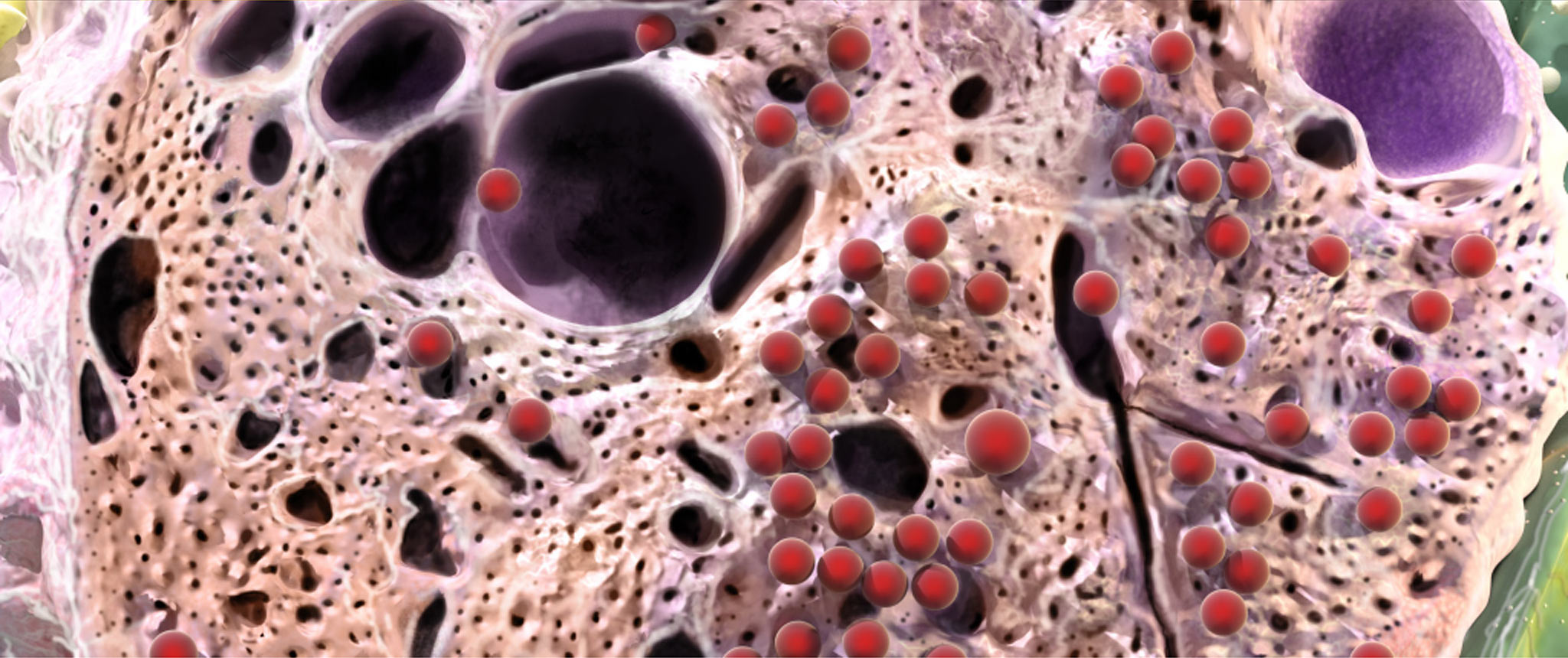
Signs and symptoms
PEI may go undetected because the signs and symptoms are similar to those of other gastrointestinal diseases.1
PEI causes malabsorption and maldigestion, resulting in symptoms of:2,3
Symptoms
- WEIGHT LOSS
- ABDOMINAL PAIN
- FATIGUE
- DIARRHOEA
- STEATORRHOEA
- FLATULENCE
Steatorrhoea, which is characterized by loose, greasy, foul-smelling voluminous stools that are difficult to flush, is the most classical clinical manifestation of PEI, but due to the large exocrine functional reserve capacity of the pancreas, steatorrhoea may not appear until the disease is advanced.2,4
Director, Department of Gastroenterology, University Hospital of Santiago de Compostela, Spain
The views expressed are of the healthcare professional and not the hospital where they workFACT
In PEI, fat malabsorption often develops before protein and carbohydrate malabsorption because lipase is more easily denatured and destroyed in the gut compared with other enzymes.
Singh VK, et al. 20174
References
- Leeds JS, Oppong K, Sanders DS. The role of fecal elastase-1 in detecting exocrine pancreatic disease. Nat Rev Gastroenterol Hepatol. 2011;8:405-15.
- Smith RC, Smith SF, Wilson J, Pearce C, Wray N, Vo R, et al. Australasian guidelines for the management of pancreatic exocrine insufficiency. Australasian Pancreatic Club, October 2015. pp 1-122.
- Sikkens EC, Cahen DL, de Wit J, Looman CW, van Eijck C, Bruno MJ. A prospective assessment of the natural course of the exocrine pancreatic function in patients with a pancreatic head tumor. J Clin Gastroenterol. 2014;48(5):e43-6.
- Singh VK, Haupt ME, Geller DE, Hall JA, Quintana Diez PM. Less common etiologies of exocrine pancreatic insufficiency. World J Gastroenterol. 2017;23(39):7059-7076.


